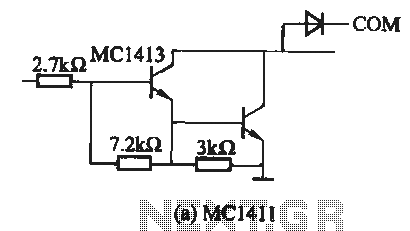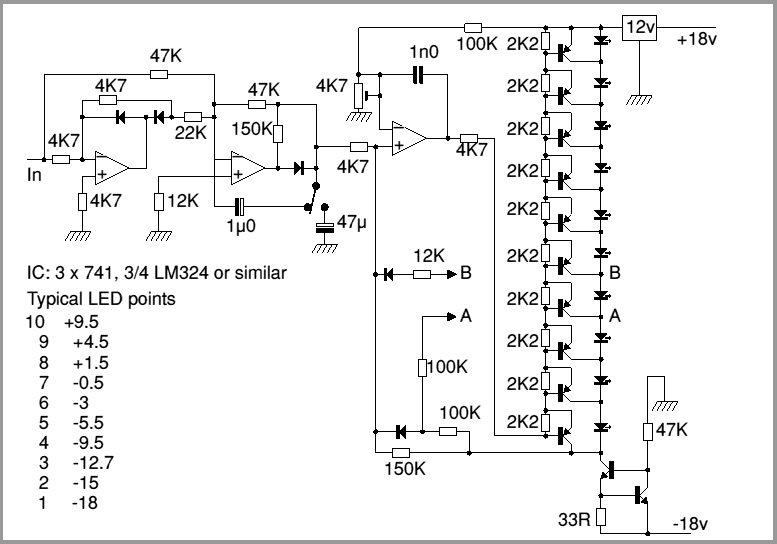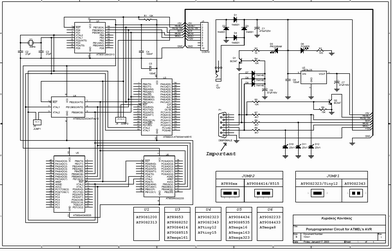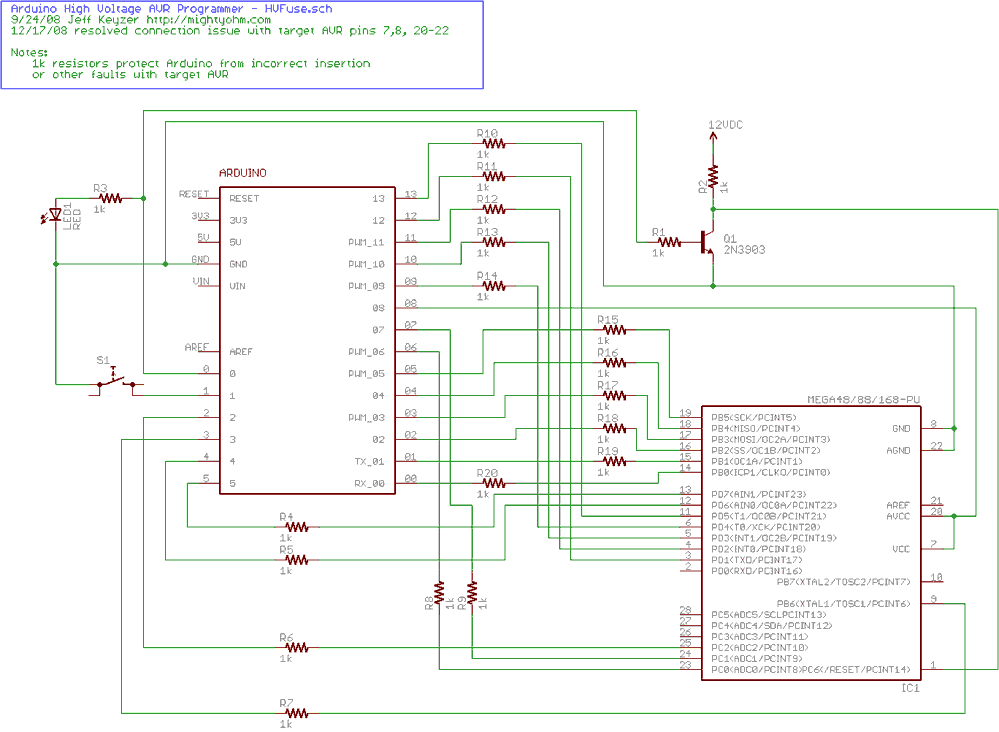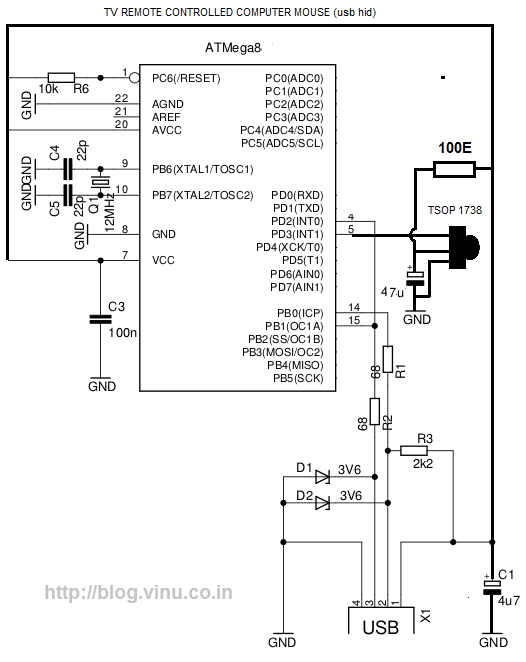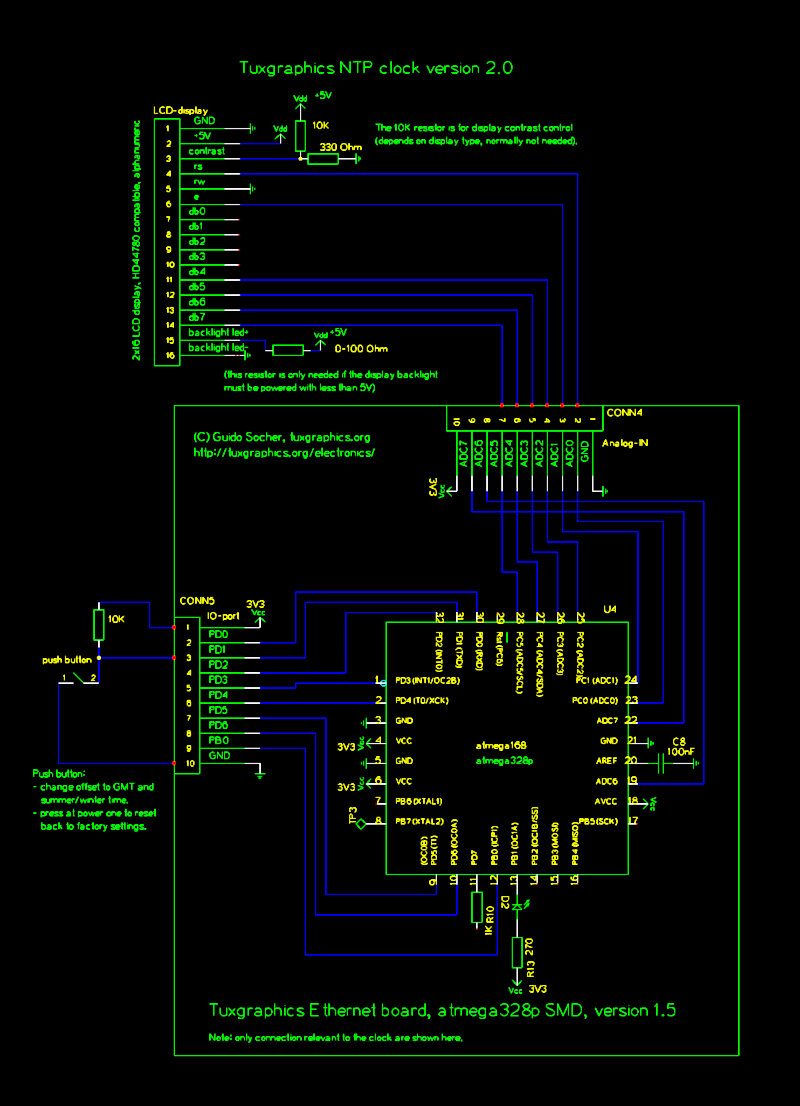
AVR 1.1V Internal ADC Reference Over-Voltage

When using the internal 1.1V reference for the ADC, if the analog input exceeds 1.1V, such as 2.5V, it will not harm the microcontroller. Instead, the ADC value will clip at 0x3FF. Based on practical experience, it has been observed that connecting the ADC pin to a voltage above 4V for extended periods does not damage the microcontroller; it will clip but remain functional. The reference voltage for the ADC (VREF) defines the conversion range, and single-ended channels exceeding VREF will yield codes near 0x3FF. VREF can be selected from AVCC, the internal 1.1V reference, or an external AREF pin. It is important to note that a voltage reference is not equivalent to a voltage limit. The voltage reference is utilized by the ADC for comparisons, and the microcontroller is typically designed to tolerate voltages above this reference. However, it is crucial not to exceed the voltage limit, which is represented by AVcc, the ADC's analog power supply. Microcontrollers are equipped with built-in protection diodes to prevent damage in case of overvoltage conditions, but it is advisable to design external circuits to stay within voltage limits as a best practice, although there may be specific scenarios where this guideline can be overlooked.
The analog-to-digital converter (ADC) in microcontrollers plays a vital role in interfacing with the analog world. The reference voltage (VREF) is fundamental in determining the range of analog inputs that can be accurately converted to digital values. When the internal 1.1V reference is selected, any analog signal exceeding this voltage will result in a maximum digital output, typically represented by the binary value 0x3FF (or 1023 in decimal for a 10-bit ADC). This behavior is known as clipping, where the ADC cannot represent input values beyond its reference range.
It is critical to differentiate between the voltage reference and the absolute voltage limits of the microcontroller. The VREF serves as a benchmark for the ADC's conversion process, while the voltage limit, typically defined by the supply voltage (AVcc), indicates the maximum voltage that can be safely applied to the ADC input pins. Exceeding AVcc can potentially damage the microcontroller, although many designs incorporate protective measures, such as clamping diodes, which can help mitigate the risk of damage from overvoltage conditions.
In practical applications, it is advisable to design the external circuitry to ensure that the input voltages remain within safe limits, ideally below AVcc. This approach not only protects the microcontroller but also ensures reliable operation of the ADC. In scenarios where it may be necessary to exceed the VREF, careful consideration should be given to the implications on accuracy and potential risks. Overall, understanding the relationship between the reference voltage, voltage limits, and the ADC's behavior is essential for effective microcontroller design and implementation.If I use the internal 1. 1V reference for the ADC, and my Analog input exceeds 1. 1V, lets say 2. 5V, is that harmful to my microcontroller Or will ADC value simply clip (to 0x3FF) at 1. 1V Speaking from experience alone, not from datasheet references, so be careful: I`ve used internal ref and accidentally connected ADC pin to 4 Volts+ for hours. It`ll clip, but won`t kill the MCU. Anindo Ghosh Dec 11 `12 at 19:42 The reference voltage for the ADC (VREF) indicates the conversion range for the ADC. Single ended channels that exceed VREF will result in codes close to 0x3FF. VREF can be selected as either AVCC, internal 1. 1V reference, or external AREF pin. A voltage reference in a microcontroller is not the same as a voltage limit. The voltage reference (in this case) is used by the ADC to perform a comparison, and the microcontroller appears to be designed to allow you to exceed this amount.
You never want to exceed the voltage limit (in this case, that would be AVcc, the ADC`s analog power supply). Microcontrollers have built-in protection diodes to save your bacon if that happens, but generally speaking, one should design the external circuit so that it does not exceed the voltage limit.
(This is a best practice; in some cases, one may have reasons to ignore it. ) 🔗 External reference
The analog-to-digital converter (ADC) in microcontrollers plays a vital role in interfacing with the analog world. The reference voltage (VREF) is fundamental in determining the range of analog inputs that can be accurately converted to digital values. When the internal 1.1V reference is selected, any analog signal exceeding this voltage will result in a maximum digital output, typically represented by the binary value 0x3FF (or 1023 in decimal for a 10-bit ADC). This behavior is known as clipping, where the ADC cannot represent input values beyond its reference range.
It is critical to differentiate between the voltage reference and the absolute voltage limits of the microcontroller. The VREF serves as a benchmark for the ADC's conversion process, while the voltage limit, typically defined by the supply voltage (AVcc), indicates the maximum voltage that can be safely applied to the ADC input pins. Exceeding AVcc can potentially damage the microcontroller, although many designs incorporate protective measures, such as clamping diodes, which can help mitigate the risk of damage from overvoltage conditions.
In practical applications, it is advisable to design the external circuitry to ensure that the input voltages remain within safe limits, ideally below AVcc. This approach not only protects the microcontroller but also ensures reliable operation of the ADC. In scenarios where it may be necessary to exceed the VREF, careful consideration should be given to the implications on accuracy and potential risks. Overall, understanding the relationship between the reference voltage, voltage limits, and the ADC's behavior is essential for effective microcontroller design and implementation.If I use the internal 1. 1V reference for the ADC, and my Analog input exceeds 1. 1V, lets say 2. 5V, is that harmful to my microcontroller Or will ADC value simply clip (to 0x3FF) at 1. 1V Speaking from experience alone, not from datasheet references, so be careful: I`ve used internal ref and accidentally connected ADC pin to 4 Volts+ for hours. It`ll clip, but won`t kill the MCU. Anindo Ghosh Dec 11 `12 at 19:42 The reference voltage for the ADC (VREF) indicates the conversion range for the ADC. Single ended channels that exceed VREF will result in codes close to 0x3FF. VREF can be selected as either AVCC, internal 1. 1V reference, or external AREF pin. A voltage reference in a microcontroller is not the same as a voltage limit. The voltage reference (in this case) is used by the ADC to perform a comparison, and the microcontroller appears to be designed to allow you to exceed this amount.
You never want to exceed the voltage limit (in this case, that would be AVcc, the ADC`s analog power supply). Microcontrollers have built-in protection diodes to save your bacon if that happens, but generally speaking, one should design the external circuit so that it does not exceed the voltage limit.
(This is a best practice; in some cases, one may have reasons to ignore it. ) 🔗 External reference
